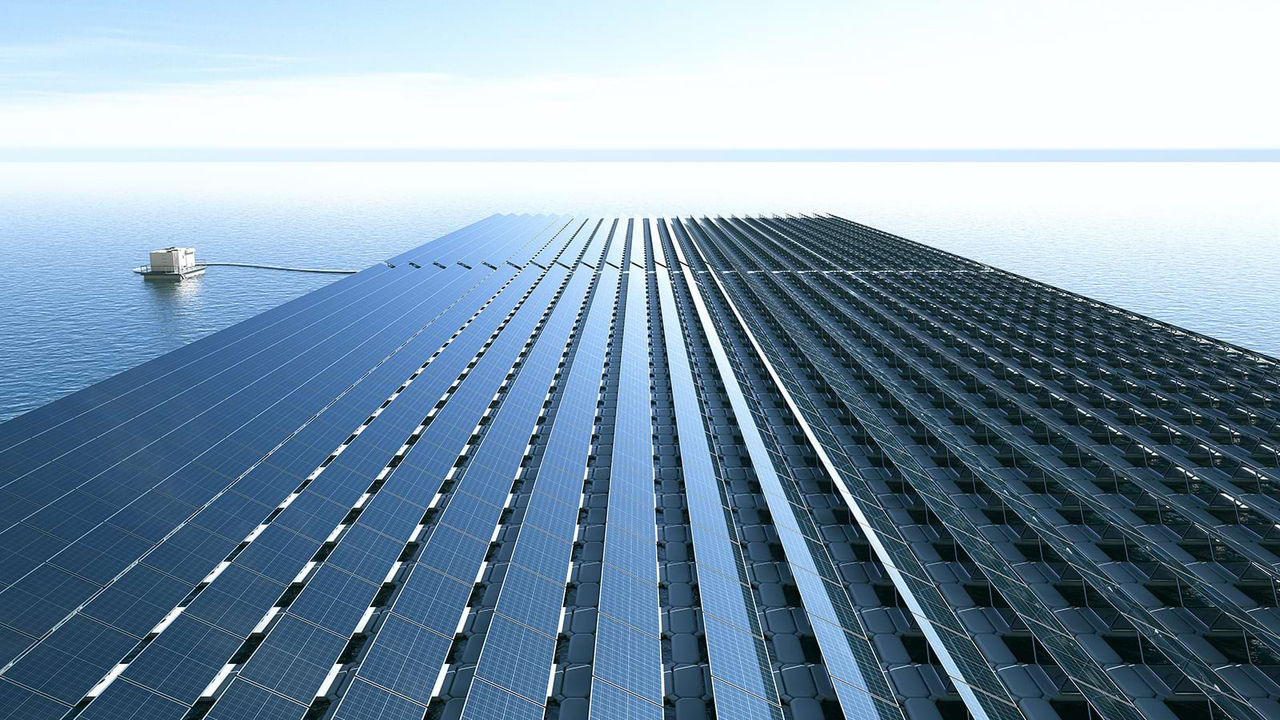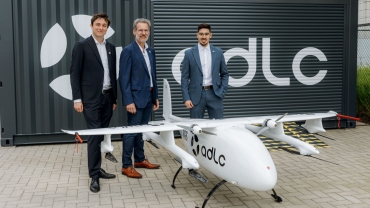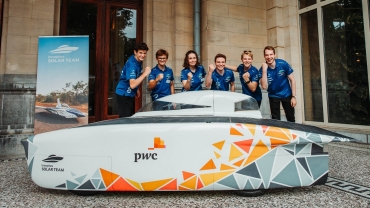
Protecting the future
Looking to target a net zero carbon footprint by 2050, a global leader in glass wool insulation manufacturing sought to better understand the feasible solutions for adopting low-carbon energy sources and their availability in the future. “We seek to deliver supreme performance, always acting with future generations in mind,” explains the manufacturer's Head of R&D. The client knew PwC for our expertise in transformation, energy markets and asset strategies and, having looked for a partner, asked PwC for specialised guidance and a data-driven approach to help it maintain its market leader position. Notes the R&D Lead, we did a scan of the market and our choice was based on our relationship with PwC and the trust that PwC would have the right approach when it comes to working with clients, which has turned out to be the case. Indeed, the team has really integrated into our team, they communicate well and provide lots of information.”

Transitioning to sustainable energy
One of the key challenges for the client was making non-regret technology decisions now for investments in new machines with a lifespan of circa 25 years. The firm operates within a challenging economic context and hard-to-abate industry and was conscious of the complexities associated with transitioning to sustainable energy practices. To help the company make the right technological decision, we built an energy landscape forecast for EU+ countries in which the client operates until 2050. We did a deep dive into the energy analysis for 13 countries taking into account the dynamic and evolving landscape of energy markets and regulations. Indeed, one of the key reasons the client opted for PwC was that we’re part of a large international network. It was also impressed by our approach, which recalls the R&D lead was, “extremely structured. PwC clearly listens to the client and is agile, adapting to the client’s specific needs and context.”
Understanding the positioning of future technologies
Our objectives were to define the most likely outlook for society with regards to how fast the energy transition will happen and to translate this into a concrete recommendation of energy sources for our client’s process, based on projected supply, demand and price data for 2032 and 2050. “PwC helped us better understand the positioning of our future melting technologies. We melt our materials to make glass, which calls for energy. Having a better understanding of the availability and potential cost in the future helps us clarify the positioning of each technology,” the client’s head of R&D explains. And he adds, “while this was a first mission for PwC with our firm, it certainly won’t be the last!”
“PwC clearly listens to the client and is agile, adapting to the client’s specific needs and context.”
R&D Lead |a global leader in glass wool insulation manufacturingPressure to transform
In our analysis, we discovered that the path of energy transformation differs across industries and individual companies. While the shift towards cleaner energy sources is gaining traction, the challenges and opportunities faced by different sectors and businesses significantly influence the pace of their transition. The ambition to reach net zero by 2050 is putting pressure on companies to take steps towards this energy shift. We noticed the transition is progressing, but further push is needed if society wants to reach net zero in 2050. You can read more about our key findings here.

Contact us















